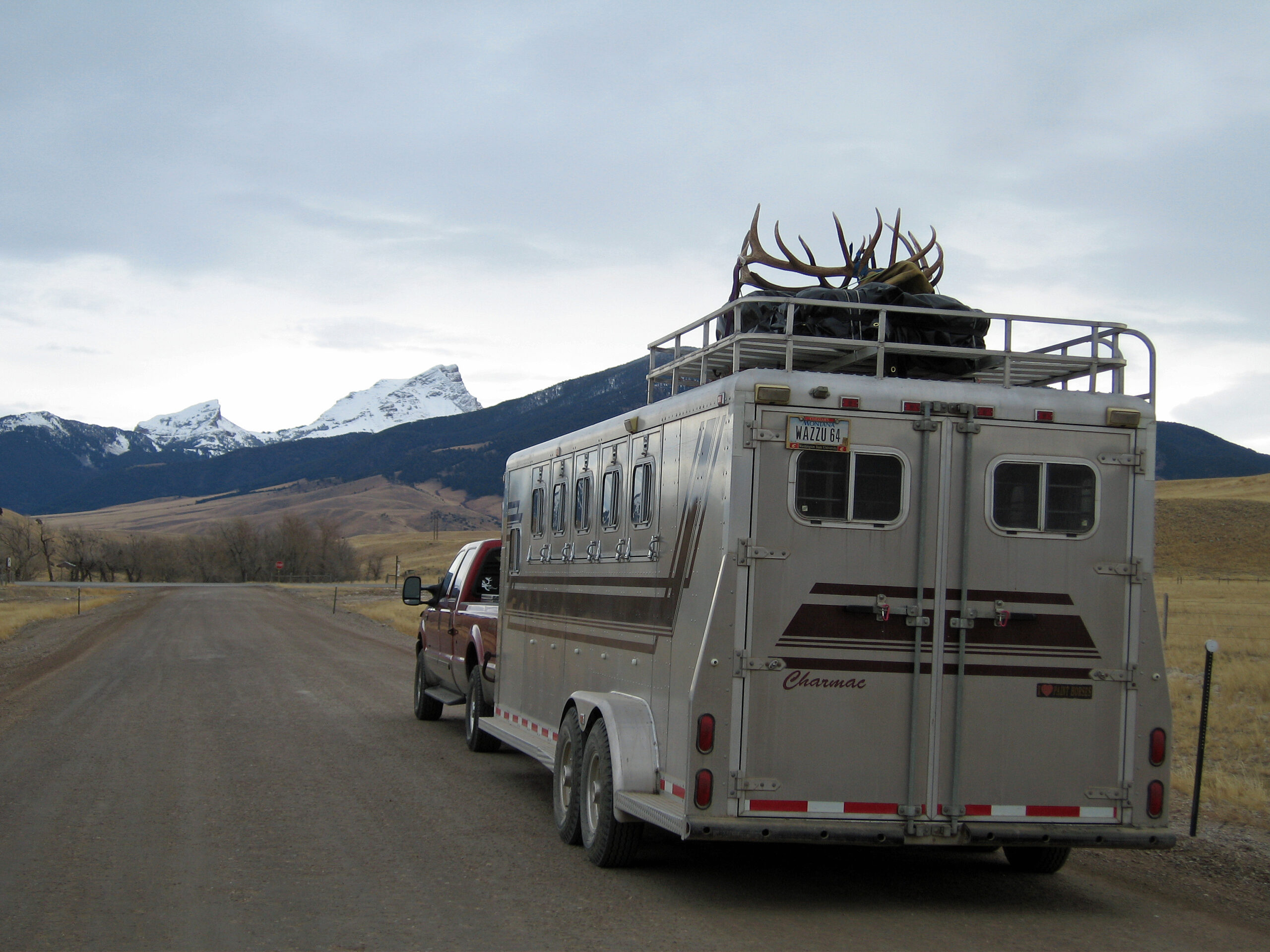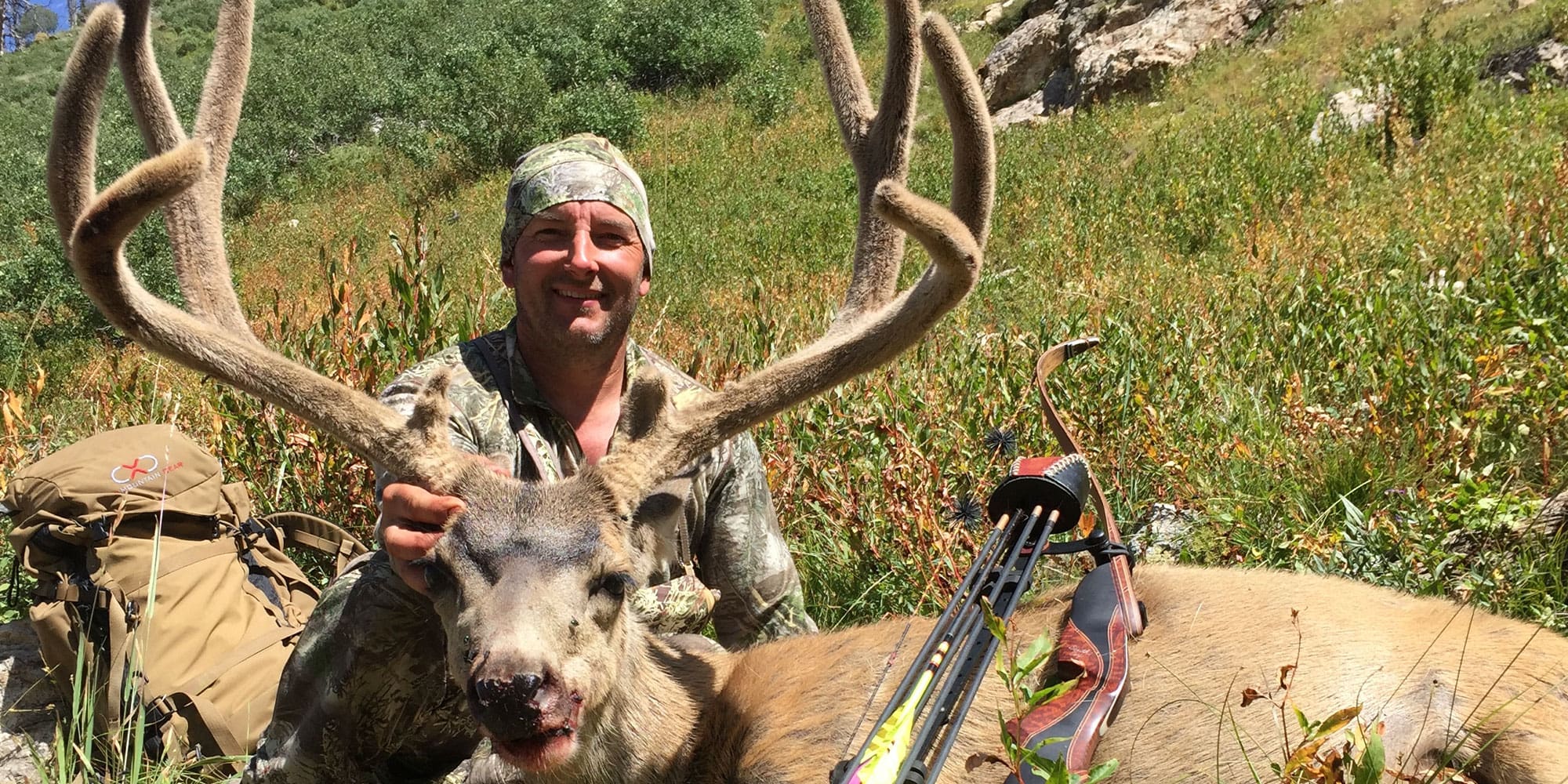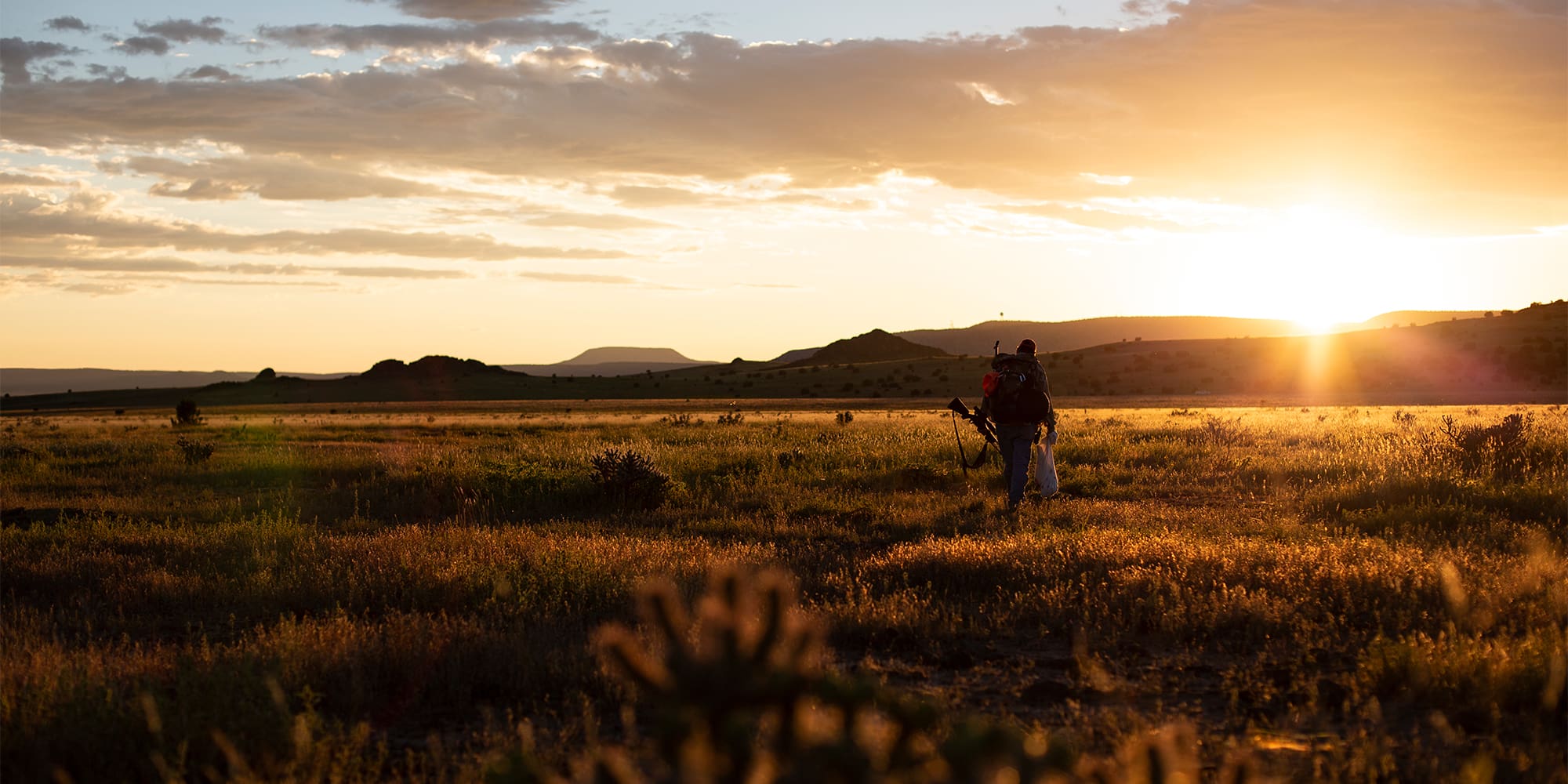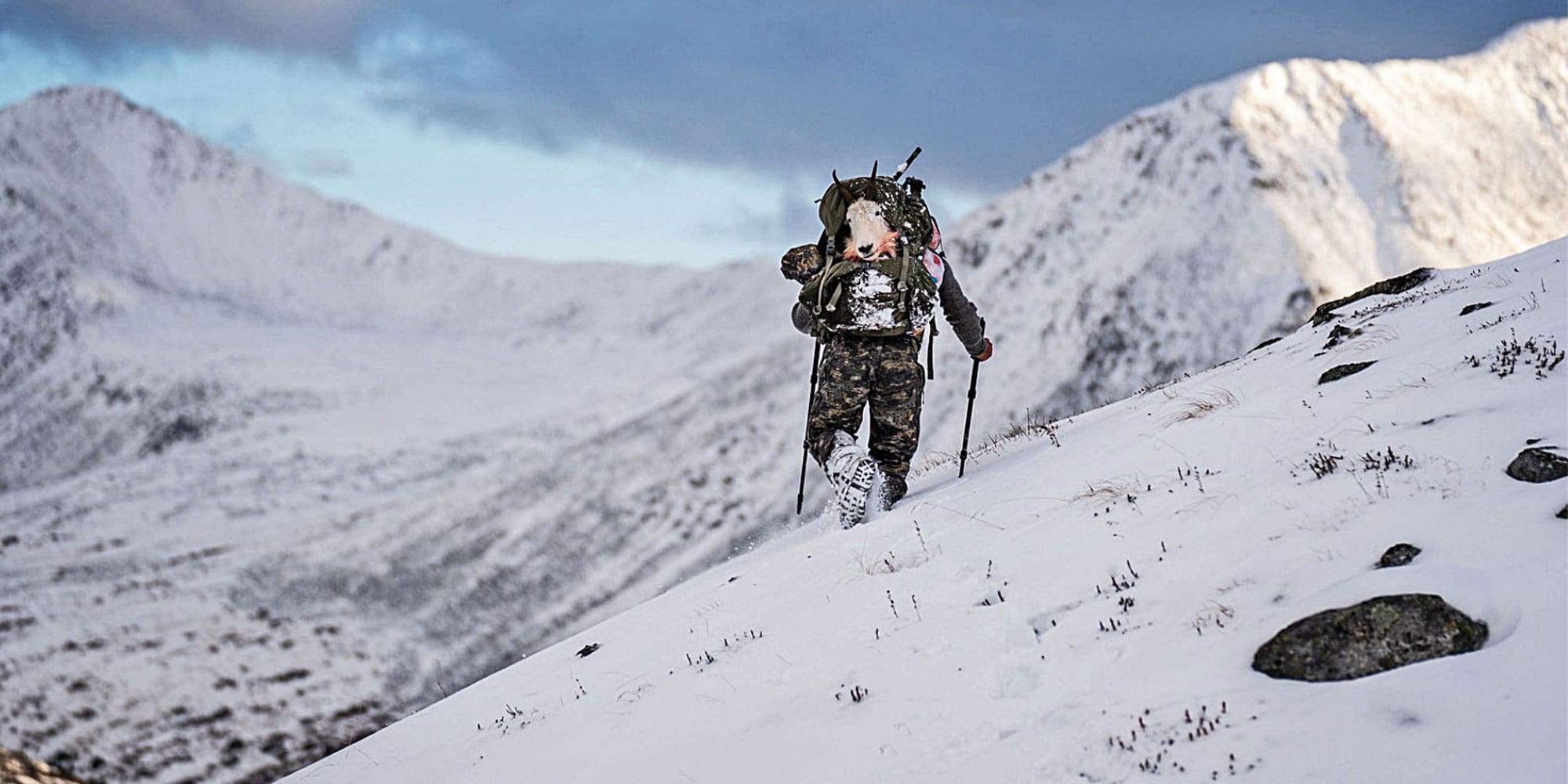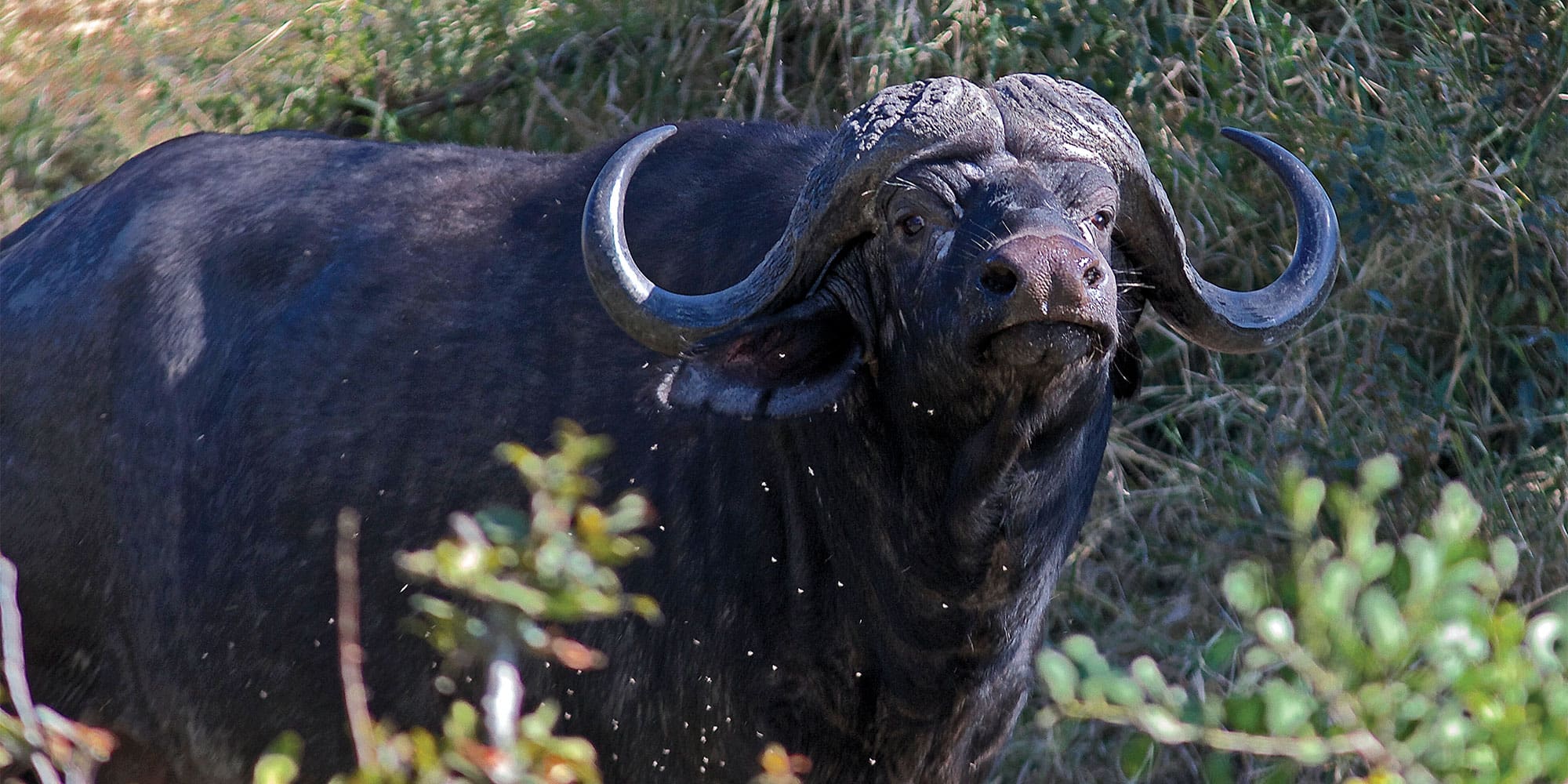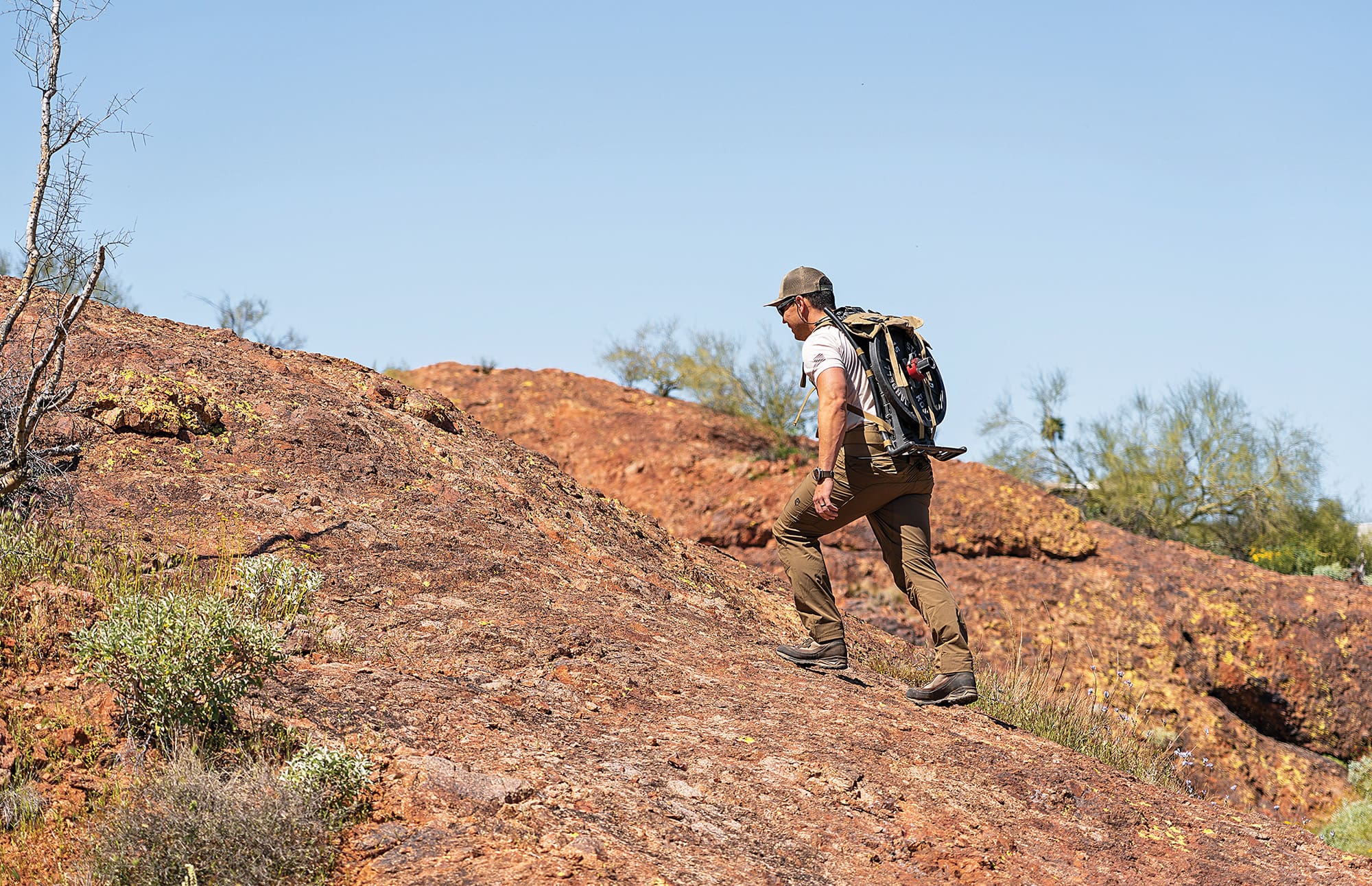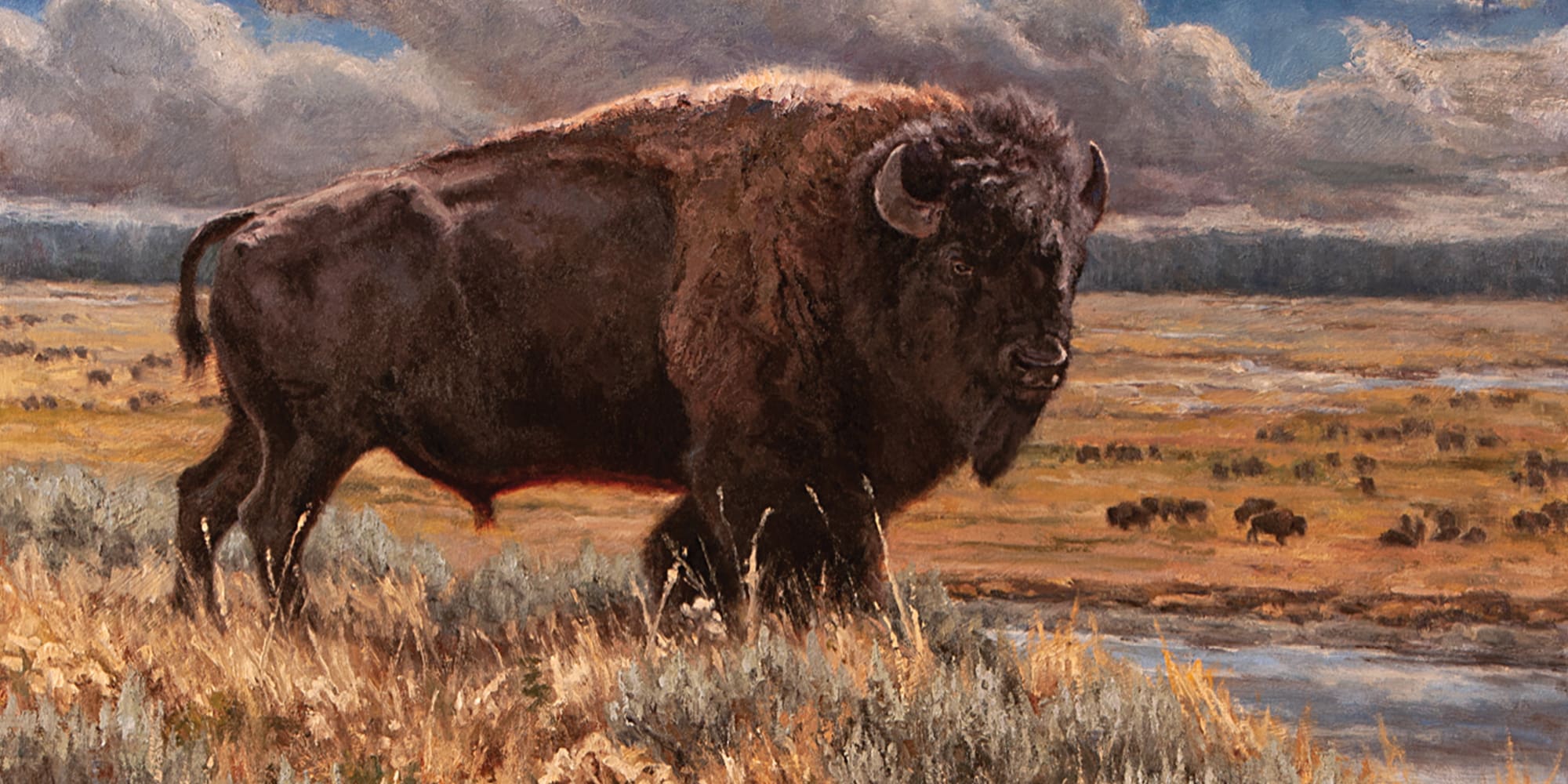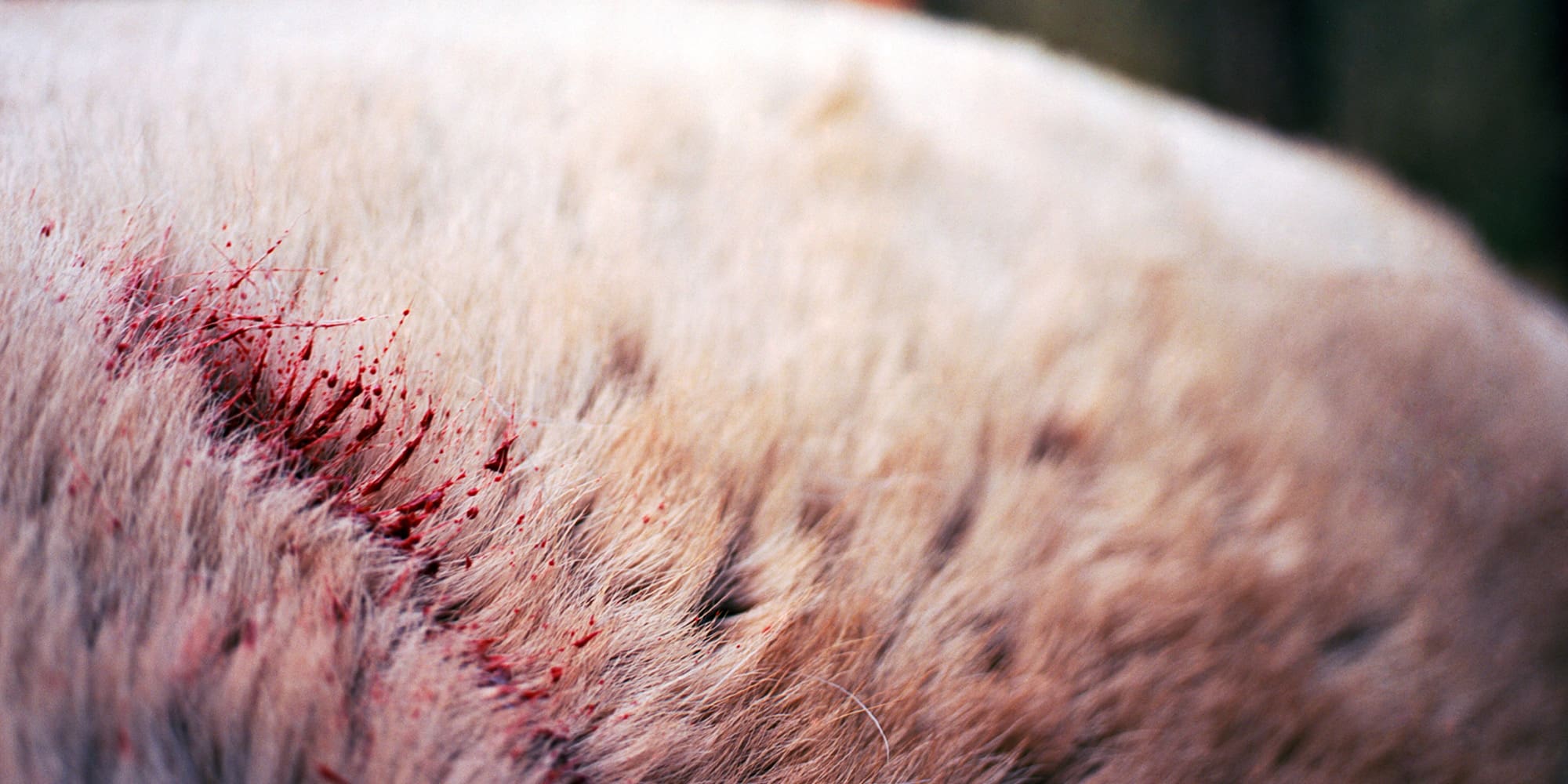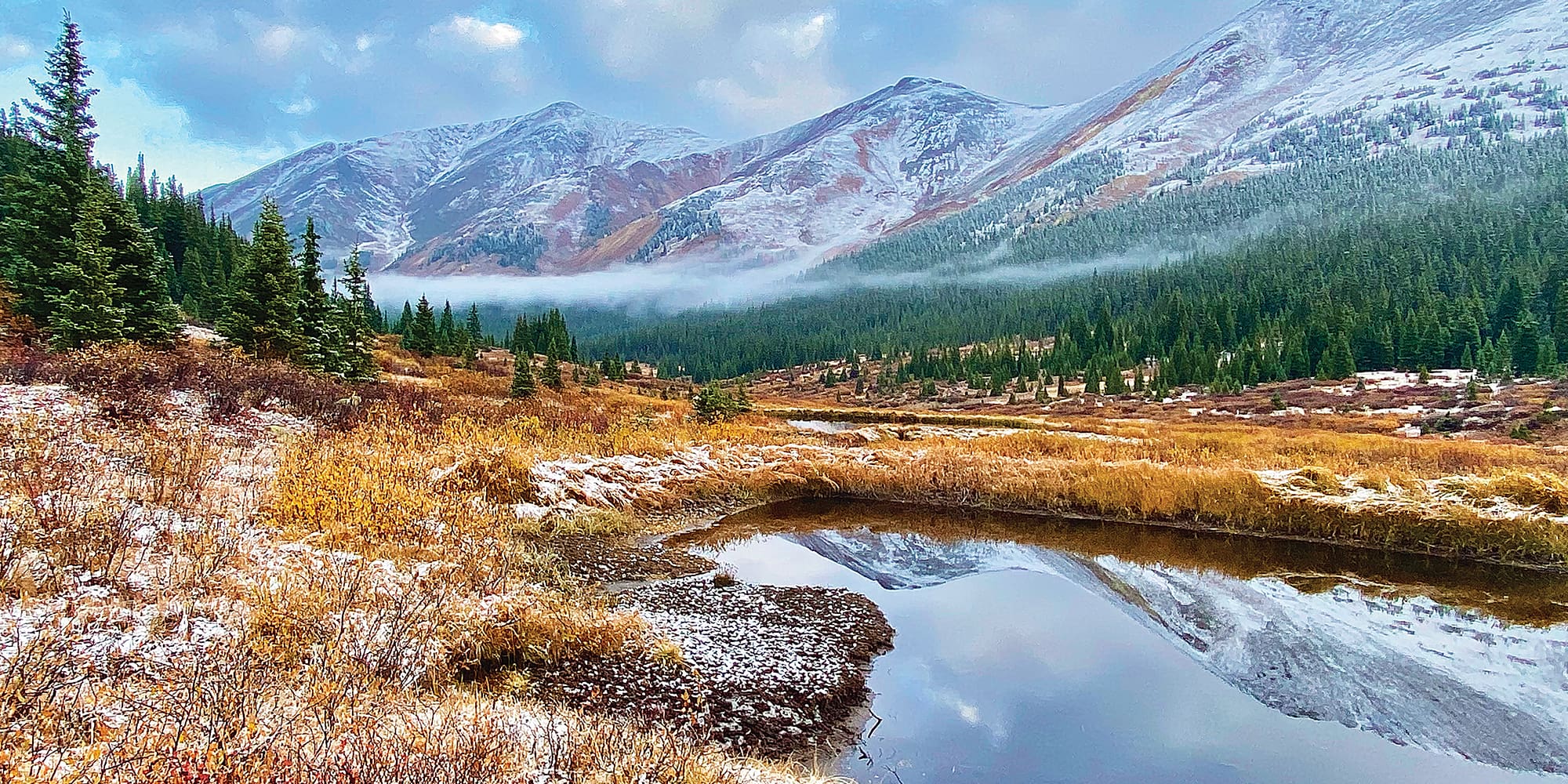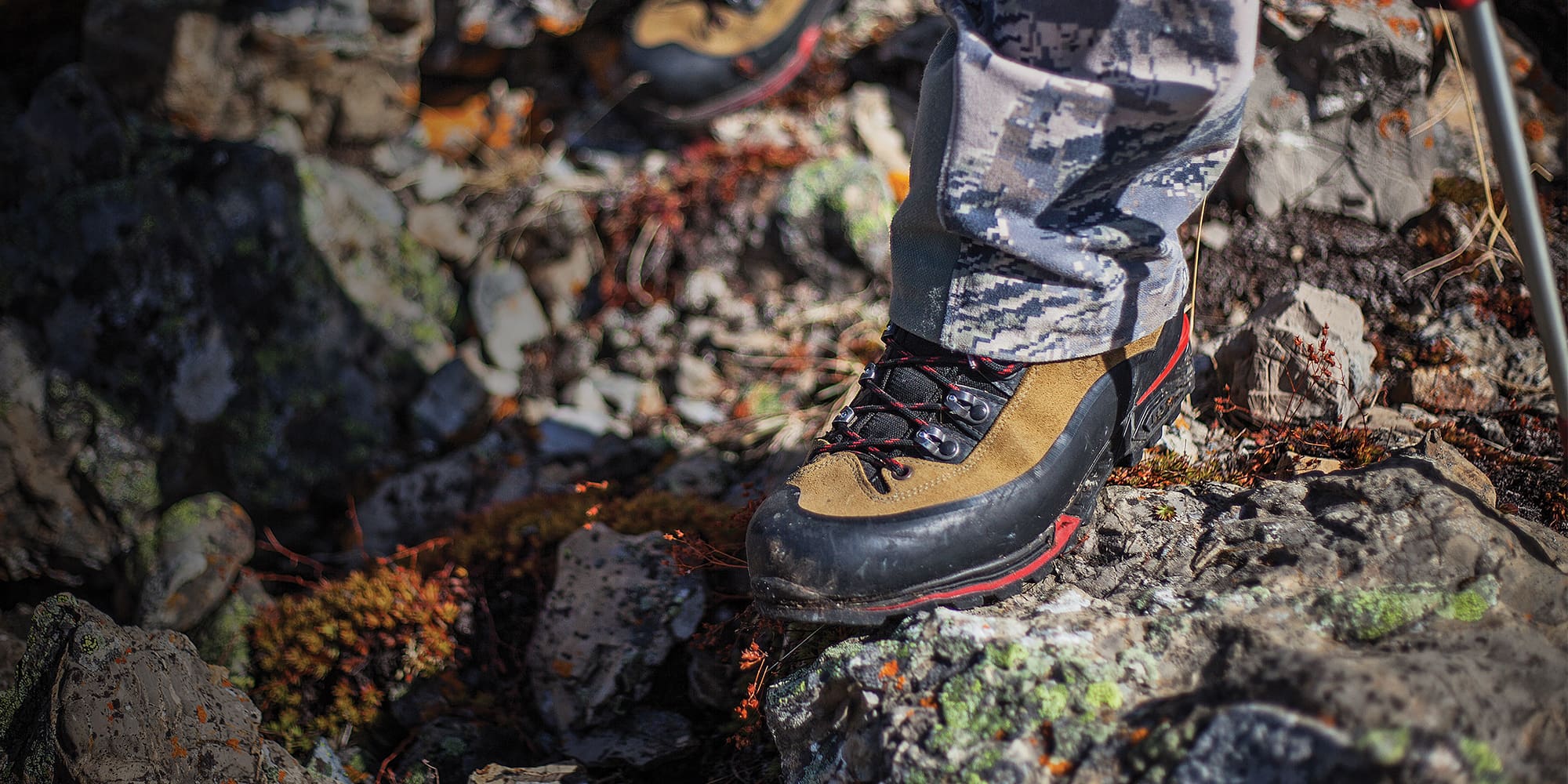
NOTICE: Certain links on this post may earn a commission for Western Hunter Magazine from Amazon or our other affiliate partners when you make a purchase. Thank you for your support.
Public Easements, Historic Use, and More
As Americans, we enjoy many exceptional and unique freedoms and privileges. For hunters, our system of public lands is perhaps the most important of these American ideals, born from the desire to enable every American to enjoy the outdoors, not just the wealthy such as in Europe. Our system dates back more than 100 years and is key to the conservation legacy begun by President Theodore Roosevelt. Today, our public lands comprise more than 640 million acres with numerous different public easements through private land.
Most hunters take them for granted, assuming they’ll always be there. Tragically, some Americans, including many politicians and lawmakers, don’t understand the significance, purpose, or value of our public lands. As a result, our nation is currently embroiled in controversy surrounding ownership and management of federal lands.
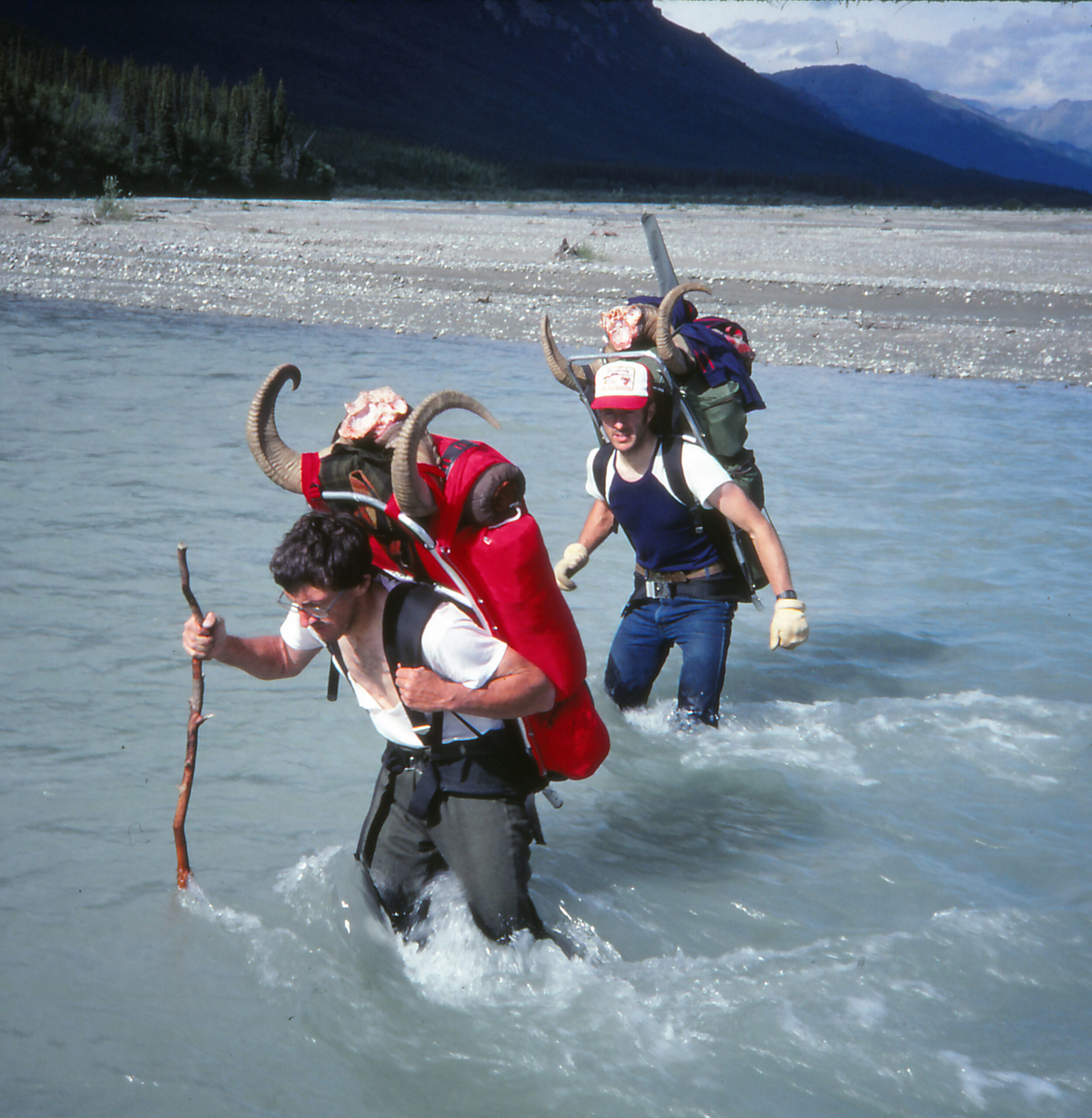
As a public land hunter, I cherish each and every moment of adventure. Our ability to access these lands is an integral part of my life. It’s at the very core of hunting in the U.S. This photo shows the author (right) and his brother, Rich Bettas, on a DIY Dall’s sheep hunt in the Alaska Range near Tok in 1984.
When we think of public lands, we’re generally referring to federal lands, because although state-owned “trust” lands are publicly owned, states often limit the use of these lands for hunting and other forms of recreation.
Montana, for example, requires a $2 fee, paid when you purchase your conservation license, for hunters, anglers, and trappers to access State School Trust Lands. Montana doesn’t allow hunters to camp for more than two nights (within 200 feet of a legal access point) on state lands; all campfires are forbidden, except in designated campground fire pits; horses may not be kept overnight, etc. Some states ban all recreation on state trust lands and others prohibit discharging firearms.
Most Western sportsmen depend upon public lands for their core hunting and recreation. These public lands are part and parcel of the economies of many rural communities and provide the reserve for our natural resources and habitat for wildlife. As our country grows, these wild public places will become increasinly important. The permanent protection of these lands is imperative.
Two Increasingly Important Issues
Our ability to access these lands is at the core of hunting in the U.S. So what is all the fuss about? For the DIY hunter, there are two key issues.
The first issue is related to whether the federal government should continue to manage our public lands vs. turning this over to individual states. This leads to the discussion of states selling these lands to private interests due to the significant management costs. As we’ve seen this summer, costs related to wildfires are immense.
The second issue is much less discussed, but is every bit as important. This issue is related to public easements and the public’s access to existing federal lands via traditional trails and roads that cross private property within or adjacent to our federal lands.
I’ve taken for granted our right to access federal lands. As a result, I was surprised when, during my first meeting as a member of the RMEF’s Board of Directors 22 years ago, a donated conservation easement in Montana’s Paradise Valley was proposed to the Board. In discussing the easement, it was pointed out that there was an old USFS trail going through the property that provided access to federal lands, but public access to the forest wasn’t permitted by the landowner. Even with the public easements in place, public access wouldn’t be allowed across the property on this trail.
I asked why and was told that the ranch was leased to an outfitter and that he also hunted the forest lands behind the ranch. Being new to the Board and not wanting to be confrontational, I didn’t challenge the issue further, and the easement was accepted. At the time, the focus of the RMEF Board was upon habitat and preserving habitat via donated public easements and fee title purchases. Access wasn’t a priority at the time.
Nearly 20 years later, as access to federal lands became more of a recognized issue, RMEF purchased a 40-acre parcel that now provides access to nearly 18,000 acres of national forest in central Montana. The land was obtained through a cooperative effort between RMEF, Montana FWP, and willing landowners.
RMEF’s new focus on access to our federal lands is timely and forward-thinking. Donated conservation easements accepted by RMEF still don’t require public access to federal lands which may lie behind the property, but many of the projects currently being funded/facilitated by RMEF though the Montana Fish and Wildlife Conservation Trust and other funding sources do require public access.
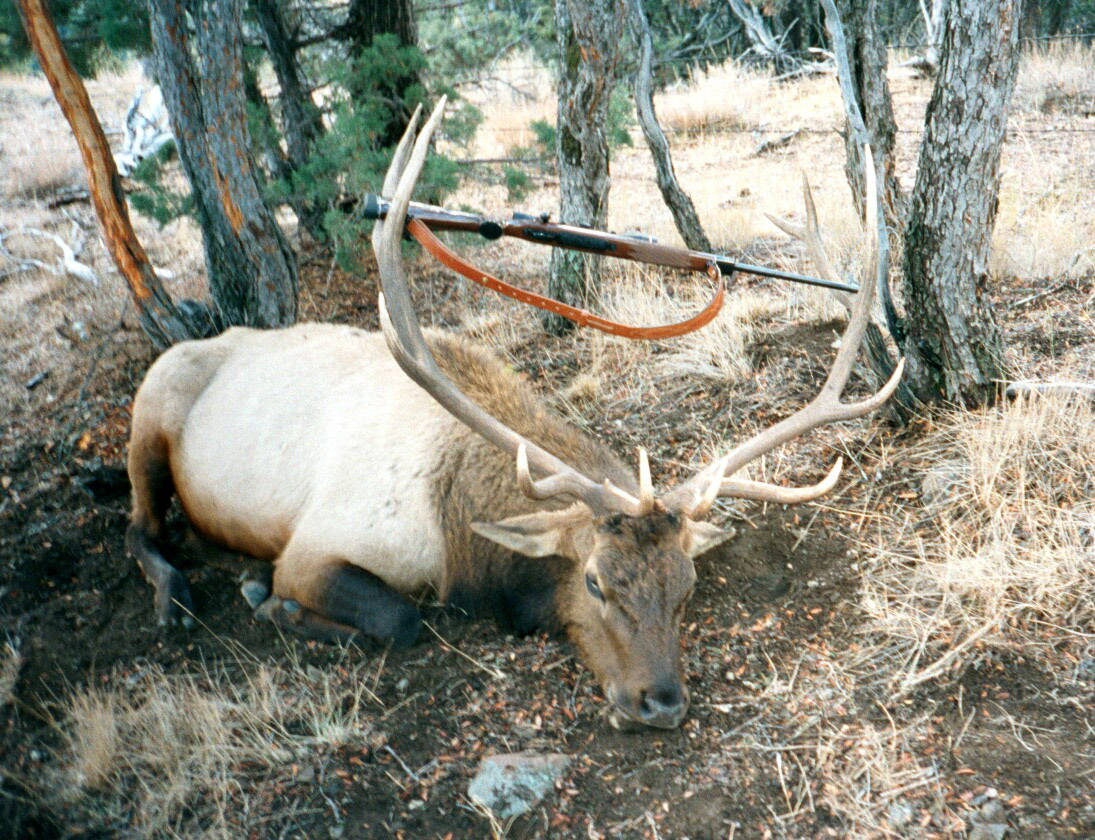
Changing Dynamics of Land Ownership and Access in the West
So why is public access to our federal lands at the forefront of the issues when it wasn’t such an issue just a few decades ago?
Trail systems very often cross public and private lands, which are intermingled across the landscape. This situation is the result of historic land ownership patterns that generally consist of private lands in valleys and public lands in the mountains, and is influenced by the government’s checkerboard land grants to railroads, homestead acts, and mining patents. Recently, growing demand for dispersed recreation on public lands, and changes and trends in private land ownership, are bringing considerable attention to access issues related to USFS and BLM trails.
There is no single reason, but many of these changes are driven by changing economics on farms and ranches. The turnover on large ranches through succession to family heirs, as well as sales to “amenity” landowners who are more interested in wildlife and other aspects of land ownership than agriculture, are significant factors driving change.
The emergence of wealth among certain segments of the U.S. population has also enabled some individuals to purchase large tracts of land and close them to public access for hunting, along with access to public lands that may be landlocked by their property. These new landowners are questioning the status of trails that cross private land at an ever-increasing rate and many are attempting to extinguish historic public access across their properties.
Economic reasons for extinguishing public access to historic public roads and trails are often related to some potential monetary benefit to the landowner such as outfitter fees, lease fees, and other revenue. Value of the property for resale might also be enhanced.
In other instances, a landowner may own parcels within federal lands that can be reached via historic public access trails or roads. If the public can be excluded from the federal lands surrounding the private parcel, the value of a hunting lease or outfitter fees on that private parcel may be increased significantly. This situation can be encountered in western states where there are “checkerboard” land grants.
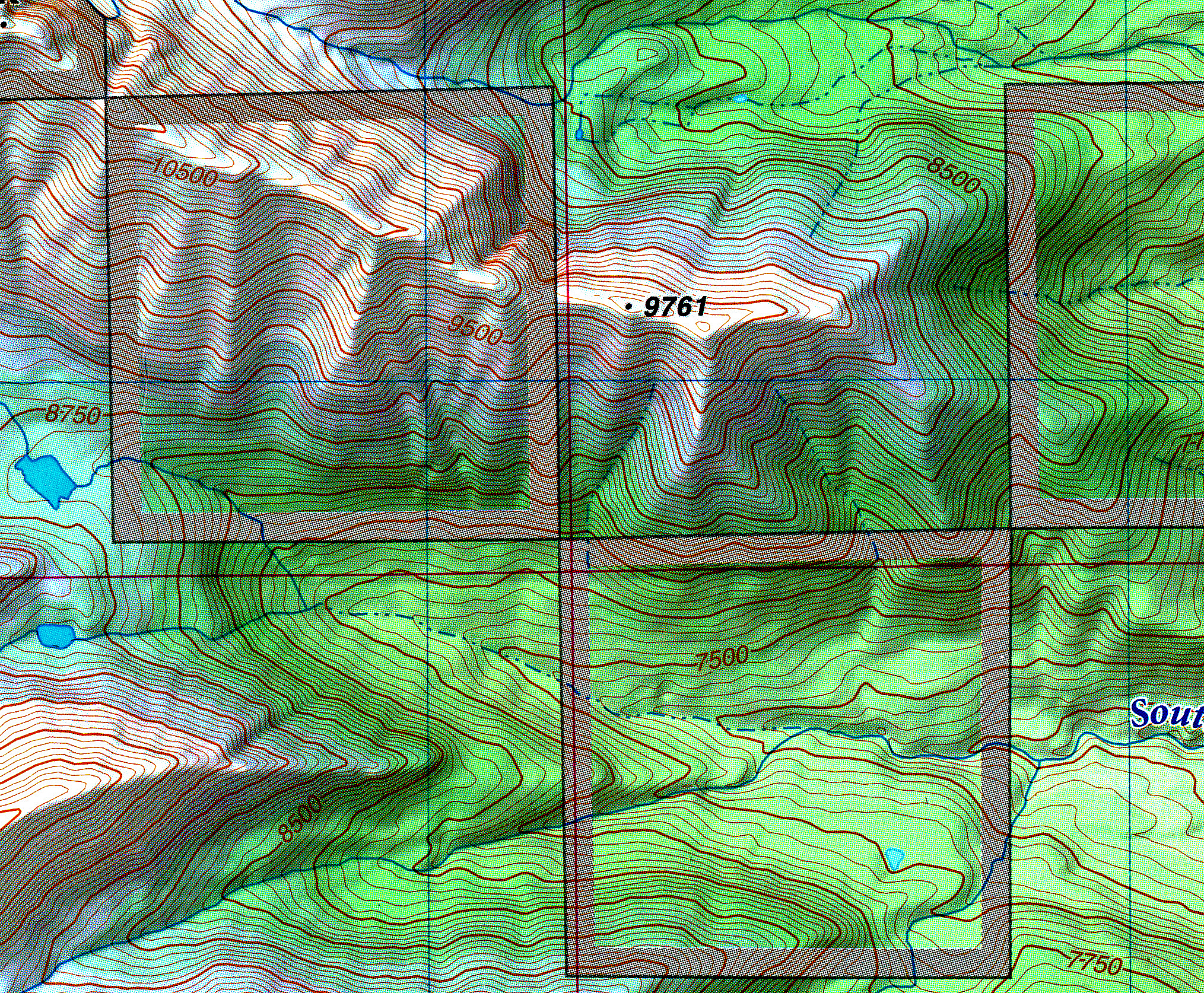
In Montana, there is no law on the books that says it's specifically illegal to cross from one public section to another at a corner where they meet, but Montana Fish, Wildlife and Parks information says it’s forbidden.
Access and Checkerboard Situations
Montana has an interesting restriction related to access to public lands in “checkerboard” situations. Whereas there is no law on the books that says it's specifically illegal, Montana Fish, Wildlife and Parks info says it’s forbidden to cross from one public parcel to another at a corner where two public sections meet. Only a landowner who shares a property edge, not a corner, can grant access.
More than 800,000 acres of public land in Montana is locked up by this rule. A similar situation exists in Wyoming, estimated at 400,000 acres.
Not all section corners meet perfectly, which creates what is called an “offset corner.” When the DIY hunter encounters checkerboard situations, access can often be gained to isolated public sections of land via these offset corners. USFS maps will show instances where section corners don’t meet perfectly. The reason some corners don’t match perfectly is related to the grids used by government surveyors of the 1800s to lay out township and range. Because of the curvature of the Earth, Standard Parallels or correction lines were used to adjust survey lines, resulting in offset corners. OnXMaps software on your GPS is an excellent way to find these corners and legally access public land.
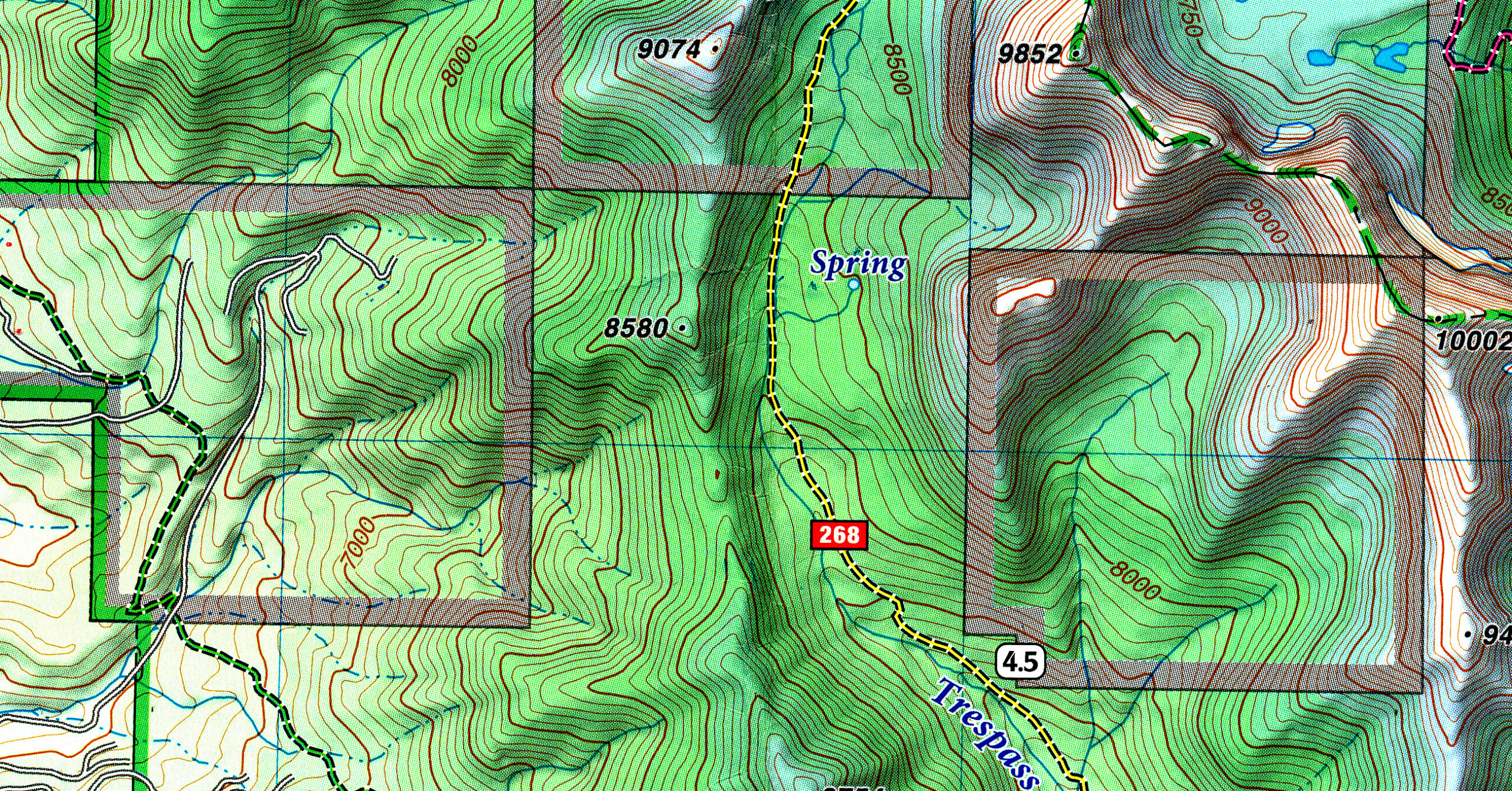
Policies Related to Public Trails Crossing Private Lands
Most trails in our national forests were constructed in the 1920s and ‘30s by Forest Service employees, Civilian Conservation Corps, and others. Over the years, these trails have often been maintained by the Forest Service and signs have been installed to provide directions.
Forest visitor maps have displayed these trails through interspersed lands with trail numbers, access points or trailheads, trail restrictions and other info intended for the users. Many different historic and current national forest maps display these trails, as do Government Land Office maps from early surveys.
These trails have been used by the public for recreation for decades, along with the agency’s personnel for management. Other users included ranchers with grazing permits, miners accessing mining claims, and outfitters with forest use permits.
Because of the way public trails were developed over time, recorded public easements weren’t always obtained. Historical use of the trails essentially facilitated public access to them.
As land use patterns and customs have changed, concepts such as neighborly accommodation and historic use of others’ land have changed. As one of my long-time friends who owns a large ranch in Idaho recently told me, “The new owners are from Texas and they don’t want any of their employees to ‘neighbor’ with us.”
What she meant was that the new landowners take care of their own place and have no expectations of neighbors helping them with fencing, calving, road maintenance, etc., nor do they want their employees to spend time assisting neighbors with similar tasks.
Private property rights have also come to the forefront and drive much of the political efforts these days. Private property rights in Montana are directly responsible for the “corner crossing” rule and drive much of the conflict over trail access.
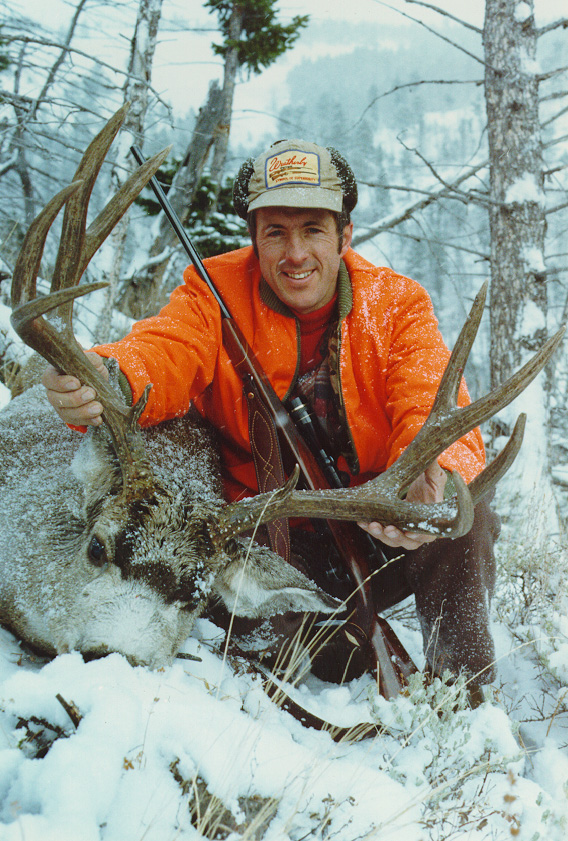
In some cases, over the years, public easements have been acquired from private landowners and these public easements have been recorded in property deeds and other documents. In these cases, rights to these trails have been “perfected” by the government by acquiring them through written, legally recorded public easements. The public’s right to use these trails is protected by the perfected easements.
However, in the majority of cases, public access and use by agency personnel is governed by what is called a “prescriptive” easement. In simple terms, a prescriptive easement is related to the Historic Use law, which recognizes historic legal access and maintenance of the trail in question by the Forest Service, its permittees, and the public.
In legal terms, substantiating a prescriptive easement requires evidence of “open, notorious, exclusive, adverse, continuous use without that use being granted by permission from the landowner.” A prescriptive easement provides only a right to use the property for a limited purpose, such as access on the trail through private property, while adverse possession is a method of acquiring title to property. In most of the current contested cases, the prescriptive easement is preferred by the Forest Service, as title to the property is not required for use of the trail for access.
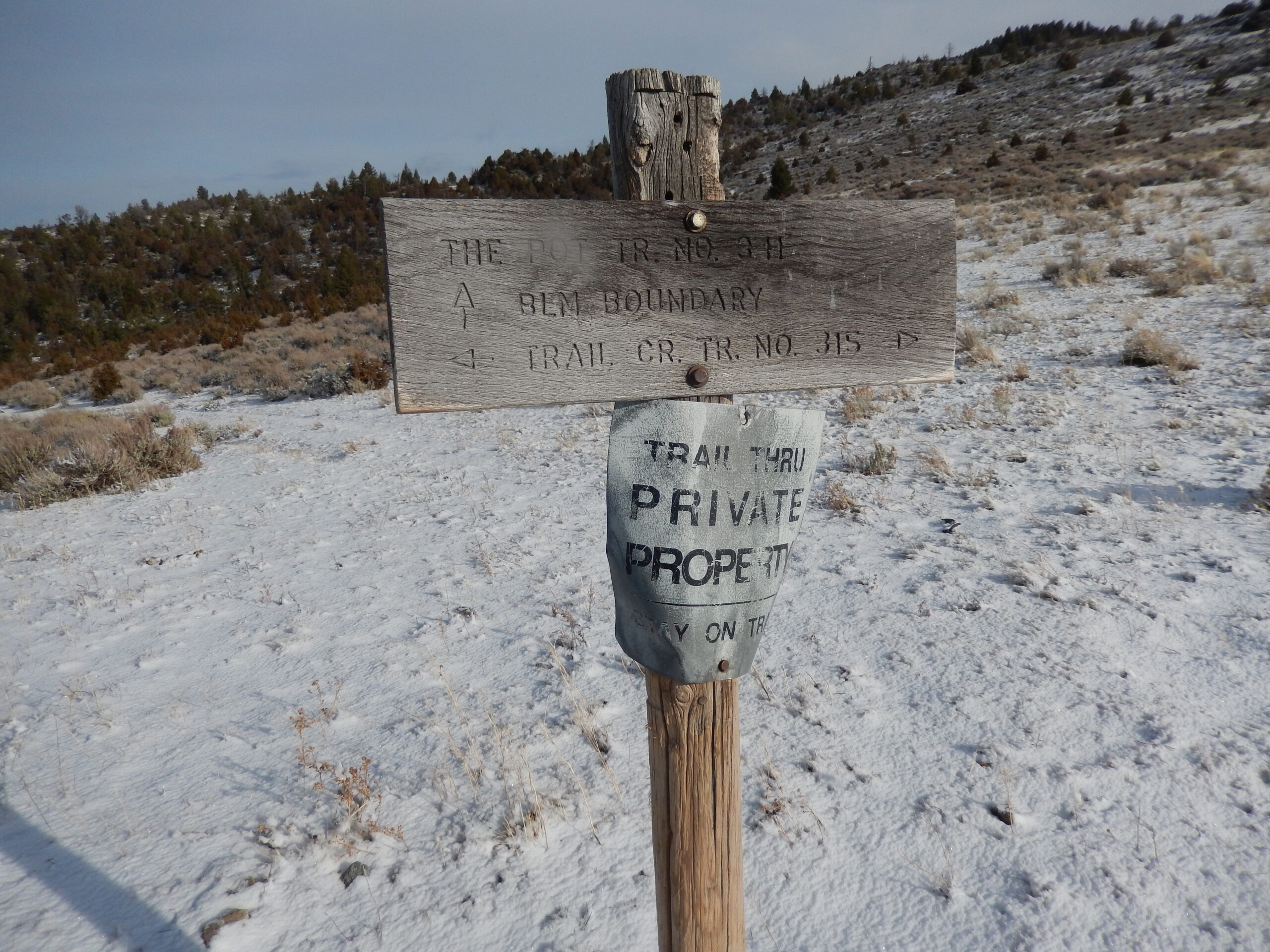
A Case in Point
I’ve hunted Montana’s Madison Valley since the early 1980s. Over that time, one of my favorite places to hunt was the Indian Creek drainage. This drainage had a trail that provided access to the Beaverhead National Forest and Lee Metcalf Wilderness.
Each morning when accessing the forest via this trail, I was full of anticipation. One day you could hunt the area and find very little big game, but the next morning you might find it full of elk that migrated over the Madison Range from the Gallatin side. It was a magical place.
The place was also interesting because not long after you left the trailhead, the Indian Creek canyon became quite narrow and you passed through a short section of private land where there was a cabin. In those days, we thought it was neat to see the cabin. We assumed it was private property and respected it as such. We never gave any thought to the history and never imagined the litigation that would take place some 35 years later.
My hunting partner, Larry Lathen, and I frequently accessed the Beaverhead National Forest via the Indian Creek trail. The area had a bounty of elk before huge declines in the Northern Yellowstone elk herd. When I mentioned the Wonder Ranch case to Larry, he remarked, “Yes, I remember that trail well. You had to go right by a cabin as you entered the canyon.”
In 1936, President Franklin D. Roosevelt gave Denny Wonder a patent under the homestead laws on 80 acres at the mouth of Indian Creek. When the patent was recorded, the USFS Indian Creek trail had been there for 35 years, having been constructed in 1901. During that era, there was a sawmill four miles up Indian Creek and a rough wagon trail was used to haul out lumber and logs.
In 1968, the Hudson Family from Texas purchased the property. For a period of time, they maintained neighborly relations.
In order to address the changes in land ownership and changes in customs over time, as well as the rise of the private property rights issues, the USFS has as a matter of policy begun to acquire perpetual public easements (perfected easements) for all National Forest System (NFS) trails across non-federal lands. The USFS uses a variety of methods to acquire and protect trail and road access. These include negotiating with landowners to acquire public easements by purchase or donation, land exchange, and cooperative and reciprocal access agreements. These methods have worked for many years.
As dynamics have changed, the Forest Service has had to resort to adjudication, and as a last resort, condemnation to protect the public’s right to access federal lands.
Such was the case with the Indian Creek trail. Without going into great detail, in 2008 the Forest Service proposed an alternate route around the Hudson property, but neighboring landowners and members of the public objected, so the agency abandoned the proposal.
In 2009, the Hudson family put up a sign stating that access to the Indian Creek trail across ¼ mile of the Hudson’s property was “provided by the gratuitous permission of the landowners.” The sign was placed there in an effort to extinguish public access, because if it could be established that access was by “permission of the landowner”, the prescriptive rights provided by the historic use laws could be challenged in court.
After a number of requests for the Hudsons to take the sign down, the Forest Service decided that the best course of action to protect the public’s right to access the forest across this property was to file a “statement of interest”.
In 2014, Wonder Ranch LLC sued the United States under the “Quiet Title Act”, arguing that the agency had no right to claim an easement along the Indian Creek trail where it crosses the Hudson’s property.
The case was concluded in an October 24, 2016 ruling. Judge Sam. E. Haddon issued an order finding that the USFS possesses an easement by prescription on behalf of itself and the public for public use of the Indian Creek trail.
This is but one of many such cases occurring where the Forest Service, sportsmen’s groups, organizations like Montana’s Public Land/Water Access Association, Inc., and others are actively defending the public’s access rights. If you’re interested in these issues in Montana, the PLWA website has a wealth of info on active cases.
Public Trails with Perfected Access Aren’t the Only Way to Access Public Lands
Sometimes, we’re led to believe that the legal process is the final answer to public land access issues, or that access for hunting and other forms of recreation should be provided by government agencies.
However, there is another important option. I’ve been a long-time advocate of simply asking permission to hunt private land or in this case to cross private land to access public land. The same principles of sincerity, gratitude, and respect for private property and landowners come into play. Of course, there will be some landowners who won’t grant permission, period, but “neighborly accommodation” is still alive in the West.
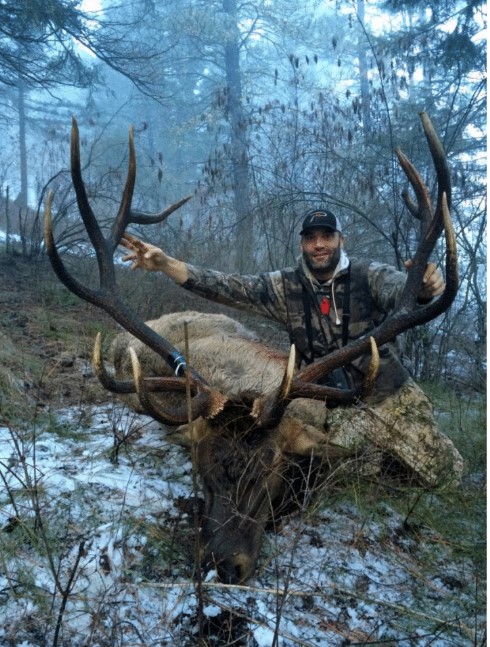
This record book Washington bull was taken on public land via access granted by a landowner willing to provide a “neighborly accommodation” to Don Sherman, a friend of the author, who had drawn a limited entry tag for the area.
Also, onXmaps has made it easier to identify landowners that you may find out in the middle of nowhere when you need to cross private ground to access a choice hunting area. You may be surprised at what you find!
I’ve been on the fortunate end of this situation many times. The most notable time was when I drew a Montana bighorn sheep permit, but broke my pelvis shortly afterward.
That fall I was in a real pickle when it came to long, arduous treks into sheep country. When I found a great ram on public land, access to which was blocked by a long sliver of private land plastered with NO HUNTING signs, I was fortunate to be granted permission by the landowner to cross his property, climb the mountain, and harvest the ram. The alternate route was a six-mile drive and a two-mile hike to get to the ram.
Two of my former Washington State University students who were hunting with me made the case for me. They laugh about it now, but I’ll be forever grateful to them and that kind landowner.
Even though my health obviously played into this scenario, you don’t need a health issue to obtain permission. A thoughtful, courteous “ask” and due diligence will often get you to the places you want to access.
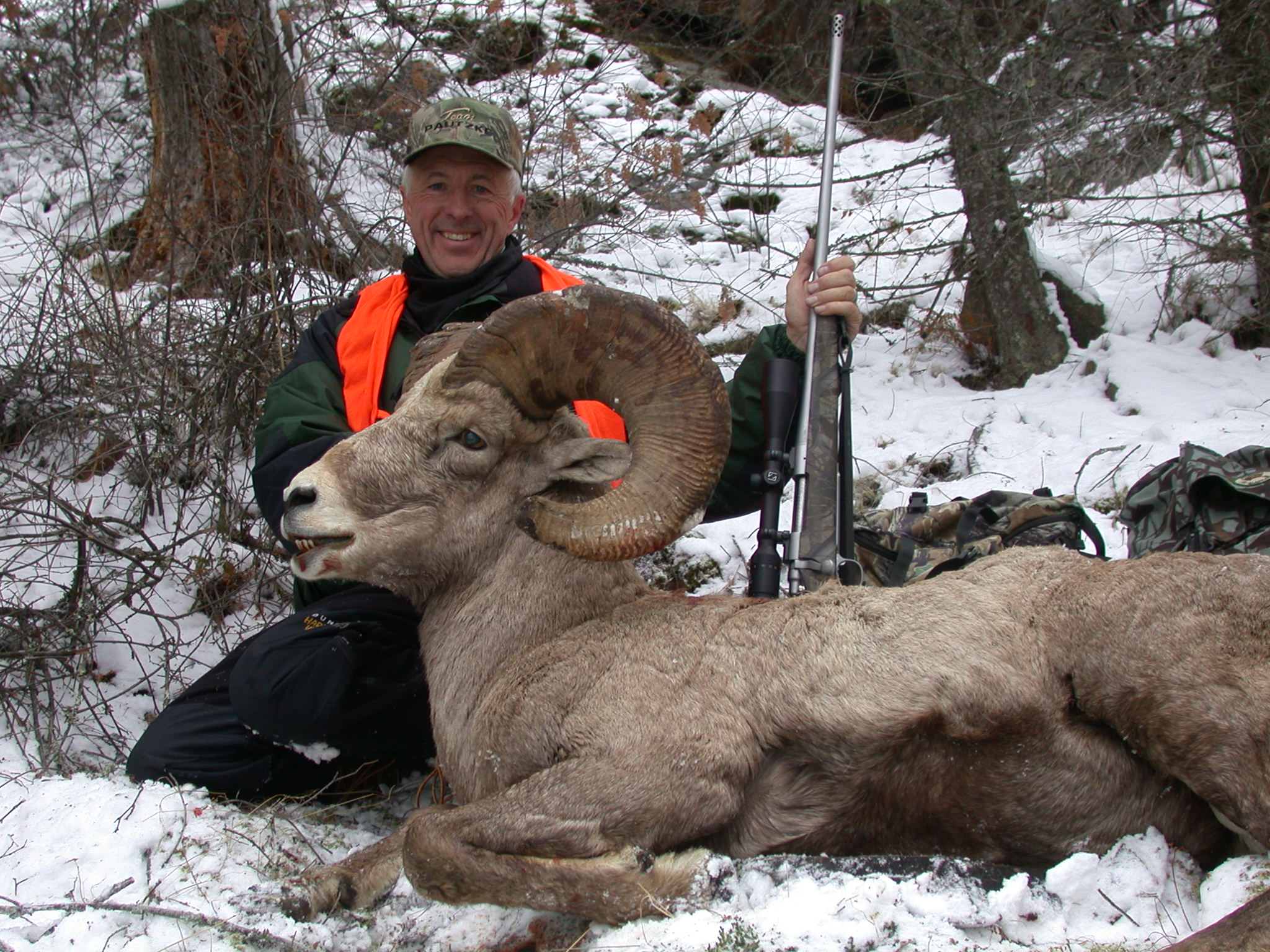
What’s in the Future
Times are changing, and with the current economic and political climate in our country, you never know what we’ll have for public easements – or even public lands - in the future. As our population grows, opportunity for access to both public and private lands will likely decrease over time.
Only one thing is certain – we’re currently blessed with millions of acres of public lands. It’s incumbent upon all of us to do our part to protect our rights to access and hunt on these lands into the future, whether it be as a part of a local or national organization or by simply writing a letter or email to our legislators. Our children and grandchildren are depending upon us.
How many times have you pulled out of a trailhead with the bounty of your hunt in tow and thought about how grateful you are for having the public lands we Americans have, and how much these lands mean to your hunting and other recreational experiences?
